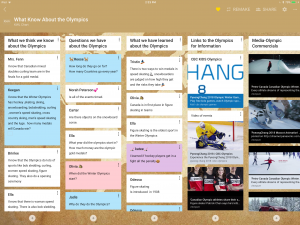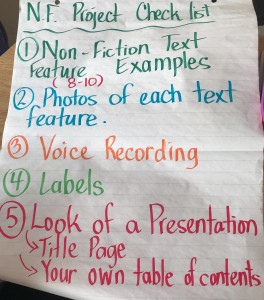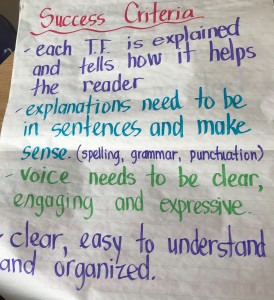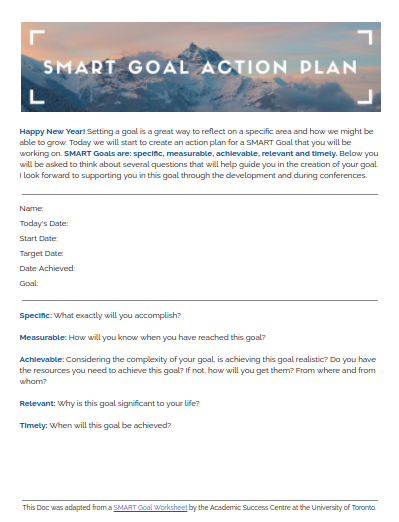Escape Rooms have been all the rage as of late. Over the past couple of years, I’ve learned about and used breakouts in my classroom to engage students and as a tool in assessment for and assessment as learning. Essentially, it’s a Google Slides presentation or a Google Site where there are links to different elements of learning and a form where students or colleagues can enter their responses.
Last week, I was fortunate to work with an amazing group of teachers during #TinkeringThursdays and we spent the time breaking out and considering applications for the classroom. I have to say that students tend to be a little more resilient in trying to solve problems but in this process, it was interesting to see teachers as learners and to consider what students might experience when presented with tasks that challenge them and push them to problem solve.
Breakouts with students
As mentioned before, I enjoy using Breakouts as assessment for and assessment as learning. For me, it allows me to see whether or not my students can apply some of their learning to solve puzzles collaboratively. A couple of weeks ago, I worked on a decimal breakout with my students as a means for assessment for learning. I wanted to understand what they already knew about decimals. Now I used this breakout before with students who were a little further along in their learning and it was great to see that my current group of students took the time to view the videos in order to learn or understand a concept in a deeper way, whereas my previous students were more able to apply their learning to solve the problems. Either way, there was the support needed to help guide them as they problem solved. When we work on breakouts, I usually have students work in groups of 2 or 3 so that they have the opportunity to collaborate and possibly look at a problem from a different perspective.
Breakouts with colleagues
Over the past year, I have had the opportunity to present sessions on Digital Breakouts to colleagues and it’s been so much fun. In each session, we start with a breakout and I’ve seen this as a great way to engage in learning in a fun way. This got me thinking about how we might be able to use breakouts to engage colleagues in new learning in staff meetings or PD sessions. Rather than having information delivered, could this be a tool where we – like our students – discover and learn on our own? I’m starting to think about more applications for breakouts with colleagues so stay tuned!
Next Steps
While writing this blog, I started to think about gamification in the classroom. How might it engage some learners and what might the implications be for students who truly enjoy learning in this way? It also had me thinking that it was great that students had an experience in learning though a breakout, but what’s next? How might we use student-created games to not only facilitate their own learning but collaborative learning in our classrooms? My next step is to get my students to start creating their own and getting them to consider how they develop their questions and how they determine what information might be helpful to others solving the problems in their games. Again, I’ll keep you posted. In the meanwhile, if you’re interested in trying the breakout that we used for #TinkeringThursdays, click on the image below. The last couple of slides have important information on creating your own.
Also, please feel free to share how you are using games – like breakouts – in your classroom for student learning or learning with colleagues. I would love to hear from you!

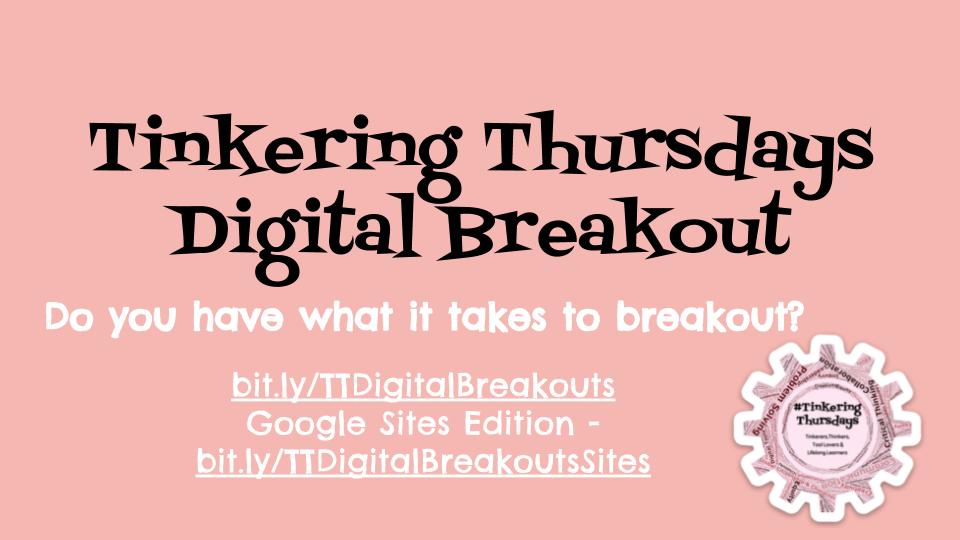

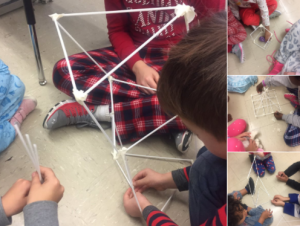
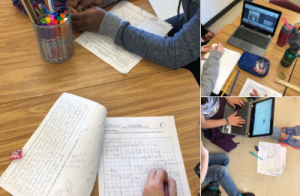

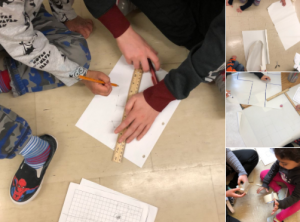
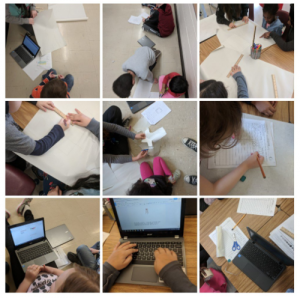 Next week we are on to our build and learning about hand tool safety in kindergarten. It’s sure to be a new adventure and I can’t wait to see and share the actual solutions that they create.
Next week we are on to our build and learning about hand tool safety in kindergarten. It’s sure to be a new adventure and I can’t wait to see and share the actual solutions that they create.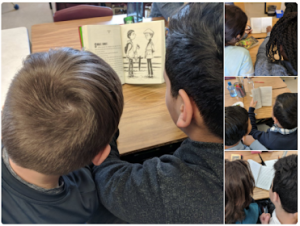
 On Day 1, many groups decided to start off with reading and to jump into making predictions through the use of Padlet. They discussed and made inferences based on the blurb, images from the text and what they read in the first few pages and determined what they thought the text would be about and from whose perspective the text may be written. Today, some groups decided to search for a quote that had a deeper meaning that could be applied to our lives while others took some time to visualize the setting and drew a scene. It’s inspiring not only to see students helping each other out with pronouncing and/or making meaning from new or unfamiliar words but there is also a true sense of collaboration as they work understand the text and in the completion of tasks. They may not necessarily be in groups with their friends but they are making new friendships as they work together and learn from and about each other.
On Day 1, many groups decided to start off with reading and to jump into making predictions through the use of Padlet. They discussed and made inferences based on the blurb, images from the text and what they read in the first few pages and determined what they thought the text would be about and from whose perspective the text may be written. Today, some groups decided to search for a quote that had a deeper meaning that could be applied to our lives while others took some time to visualize the setting and drew a scene. It’s inspiring not only to see students helping each other out with pronouncing and/or making meaning from new or unfamiliar words but there is also a true sense of collaboration as they work understand the text and in the completion of tasks. They may not necessarily be in groups with their friends but they are making new friendships as they work together and learn from and about each other.